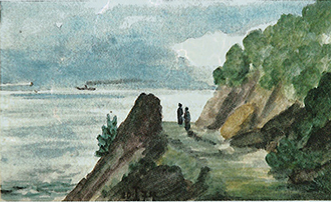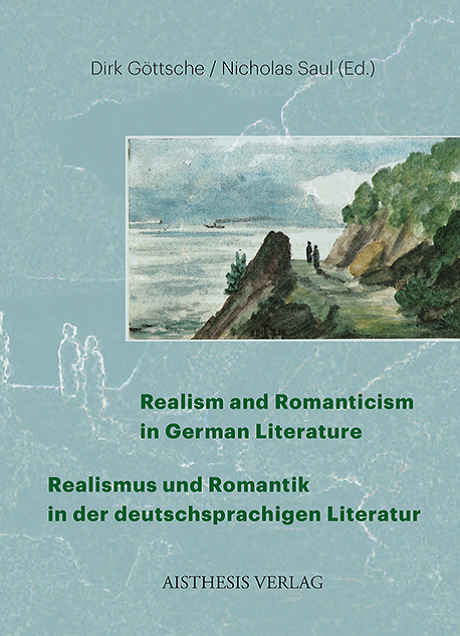
02/09/2013, by CLAS
Rethinking the relationship between Realism and Romanticism in the nineteenth century
Romanticism and Realism are arguably the two most prominent nineteenth-century movements in European literature and art, typically conceived as mutually exclusive and somehow reflecting the philosophical conflict of idealism and realism that runs through the history of modern European culture, or indeed is seen as universal. Nineteenth-century European literary history is seen as a shifting response to the rise of modernity, which moves from Romanticism through Realism to Modernism, a dynamic in which writers such as Dickens and Thackeray, Balzac and Flaubert play a crucial role. By contrast, traditional literary historiography perceived the German Realism as a deviation from this European trajectory, disconnecting German literature during the second half of the century from the European mainstream and leading to literary provincialism. Although long criticised for being too simplistic, stereotypical views such as these persist in some recent research into German Realism and its place between Romanticism and Modernism.
An new volume, based on an international and interdisciplinary conference at the Institute of Germanic and Romance Studies in London and co-edited by Professor Dirk Göttsche (Nottingham), now promotes a radical rethinking of these traditional notions, reassessing the relationship of German literary Realism and its various strands with the rich field of German Romanticism, while also considering the broader European context of German literary and cultural history during the nineteenth century:
Realism and Romanticism in German Literature. Eds. Dirk Göttsche and Nicholas Saul. Bielefeld: Aisthesis, 2013. ISBN 978-3-89528-995-8, see http://www.aisthesis.de/titel/9783895289958.htm for the table of contents and further information.
When writers and critics such as Gustav Freytag, Julian Schmidt and Berthold Auerbach constituted the new literary movement called ‘Realism’ in response to the 1848 revolution and its defeat, ‘Romanticism’ acted as a critical foil for the new departure. This polemically motivated and historically-anchored terminology has survived in today’s orthodox view that ‘Realism’ and ‘Romanticism’ mark not just two distinct periods in literary history, but also two radically opposed concepts of literature. Combining theoretical approaches and overviews with a range of case studies, interdisciplinary investigations and comparative enquiries, this volume reassesses German Realism’s relationship with Romanticism and sheds new light on the multiple ways in which writers from Stifter and Keller to Raabe and Fontane remember Romanticism, engaging with its problems, themes, motifs and poetics. By re-examining the engagement with Romanticism in the literature and culture of Realism between c. 1840 and 1900, the book challenges existing concepts of periodisation and works towards a more differentiated understanding of the complex dynamics in the field of nineteenth-century ‘realisms’ and their role in the overarching intellectual trajectories from Romanticism to Modernism. Contributions are in English and in German.
The book cover shows Wilhelm Raabe’s water colour ‘Steilküste’, copyright Stadtarchiv Braunschweig, Depositum des Städtischen Museums, H III 10 AKZ 2008/074:10.
No comments yet, fill out a comment to be the first


Leave a Reply